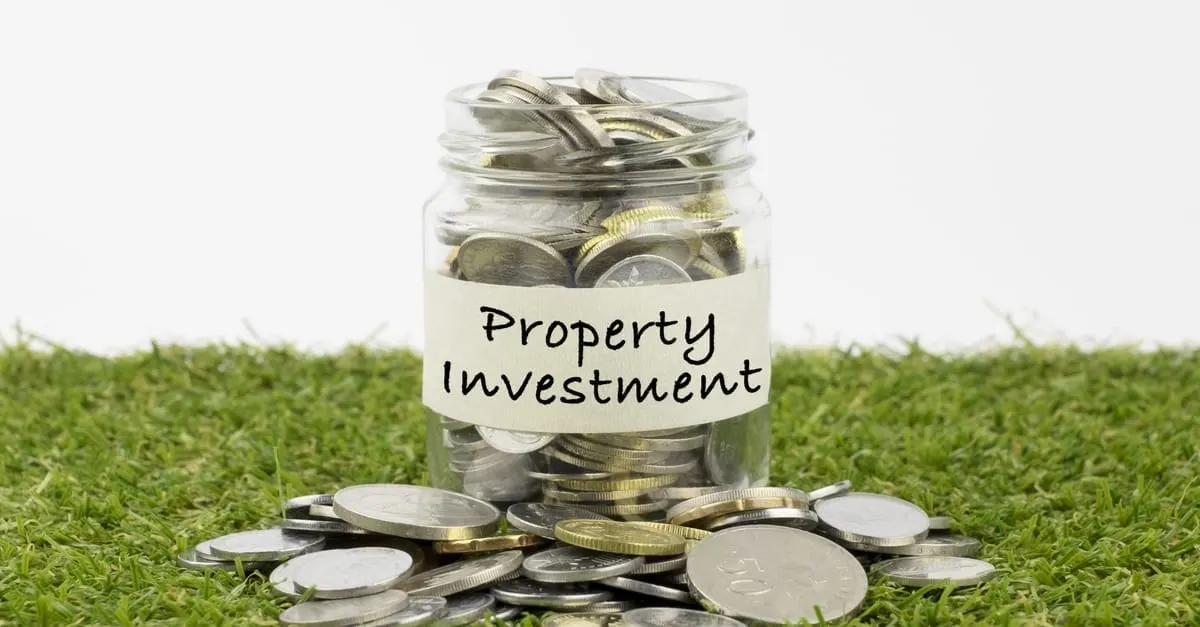If you’re tapped into the world of real estate investing, you’ve probably heard about several percentage rules.
These include the 1%, 2%, 50%, and 70% rules. Today, we’re focusing on the two percent rule—what it is, how to use it, and a few examples of the rule in action.
What Is the Two Percent Rule?
The 2% rule is pretty simple to understand. Its purpose is to help real estate investors find out two things:
- Will this investment property provide positive cash flow and returns?
- How much will I need to charge for monthly rent to make it happen?
The “2%” part of the rule comes in the form of a quick calculation that can help answer these two questions. Here’s how it works.
How to Use It
The two percent rule is really quite simple. At its core, it states that the purchase price multiplied by 0.02 is the optimal monthly rent.
Total purchase price x 2% = Ideal monthly rent
When you’re looking at a real estate investment property, take the total purchase price (making sure to include any costs you estimate you’ll incur for repairs) and multiply it by 2%.
This calculation gives you 2% of the total purchase price. This rule states that 2% of the purchase price is ideally the minimum monthly rent for the property to result in positive cash flow and help you make money!
Example
You purchase a property for a good deal of $73,600 (including property taxes, HOA fees, closing costs, etc.), and it doesn’t need any repairs.
$73,600 x .02 = $1,472
Rental Market report by Yardi Matrix found the national average rent is $1,472, so in theory, this example could work and enable you to charge 2% of your total purchase price of the property as monthly rent.
When to Use the 2% Rule
The 2% rule can’t be applied across the board, but there are certain scenarios and markets where the rule can be used as a screening tool to find a good investment property and indicate the potential return on investment.
When the 2% Rule Works
- If the total property property price is low,
- In areas where home prices are low but rent averages are higher,
- If an investor is primarily looking for monthly payments through rental income,
- If property appreciation isn’t the main goal
When the 2% Rule Doesn’t Work
- In most of the best real estate markets,
- On homes with a high purchase price
- On properties that require extensive repairs (driving the bottom line up),
- Property appreciation is the primary goal of the investor.
Some of the most lucrative and desirable cities for real estate investors (Manhattan, Los Angeles, etc.) really challenge the core assumptions that make this rule work in less desirable real estate markets.
In these markets, the 2% rule can bloat the monthly rent price to the point where local renters won’t pay it, slashing your possible cash return.
In some cases, even the one percent rule (multiplying the property price by 1% instead of 2%) will give a monthly rent estimate that is too high.
Examples of the 2% Rule
Let’s look at a few examples of the 2% rule in action in different markets to see how it can affect an investor’s monthly cash flow from rental properties.
Los Angeles, CA
In LA, most (64%) of the residents pay rent each month. That’s no surprise because the median price for a home in LA is $576,100 (with an average $2,627/month mortgage payment).
In contrast, the average rent is $3,607/month. Let’s apply the 2% rule using these averages and see if it would make sense for an average property in Los Angeles.
$576,100 (purchase price) x .02 (2%) = $11,522/month in rent
With the city’s average rent hovering around $3,600, asking someone to pay more than three times that amount would be a fruitless venture. This is a perfect example of a scenario where the 2% rule does not work.
Pittsburgh, PA
SmartAsset reports that 55.6% of Pittsburgh residents are renters and 44.4% are homeowners. The median price for a home here is $165,000 (with an average $939/month mortgage payment). The average rent is $1,300 per month. Let’s do the math!
$165,000 (purchase price) x .02 (2%) = $3,300/month in rent
Compared to average rent and mortgage payments here, it would be nearly impossible to get $3,300 per month from an average property. The 2% rule does not work here.
Buffalo, NY
In Buffalo, 61.6% of homes on the market sell for under $100,000. The median price for a home here is $77,800, and renters pay an average of $1,050 per month.
Using these averages, we can find out if the 2% rule would prove effective in this market.
$77,800 (purchase price) x .02 (2%) = $1,556/month in rent
The calculation puts you pretty close to the city’s average rent amount, overshooting by about $500. The 2% rule of thumb works here.
Is the 2% Rule Useful for Investors?
With three real-world examples of how the 2% rule plays out in different markets, you can see that there are cases where it results in a ridiculous monthly rent assessment and those where it presents a realistic estimate.
It’s meant to serve as a screening tool. This gives investors a general idea of the possible return on investment and monthly cash flow a property can bring.
It’s not meant to give an absolute answer or be a reliable guide for every real estate market. With this understanding, real estate investors can use the 2% rule when it’s appropriate and rely on more specific calculations when it’s not.

